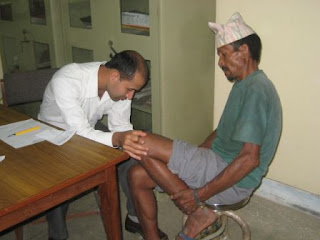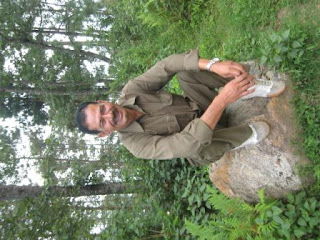Elisa and I took some Aussie and an American guest a few blocks from Patan Hospital to visit Patan Dhurba Square.
Very common sight: people line up to get water from the public taps (because they do not have water in their homes).
A new leprosy patient reported to our doctors recently. His right hand was swollen from a leprosy reaction. No one had correctly diagnosed him previously. A well-meaning relative had placed a traditional hot poultice on him – which explains the burns. Another patient came in with 3 severe burns on his elbow. Wanting to test nerve damage by sensation of hot and cold, a doctor from somewhere else had taken a glass test tube of boiling water and held it to the patient’s skin in 3 sites around an elbow lesion. “Do you feel this?” The patient felt nothing because the nerves were damaged from leprosy. However, one is supposed to use warm water – not boiling water!
















































